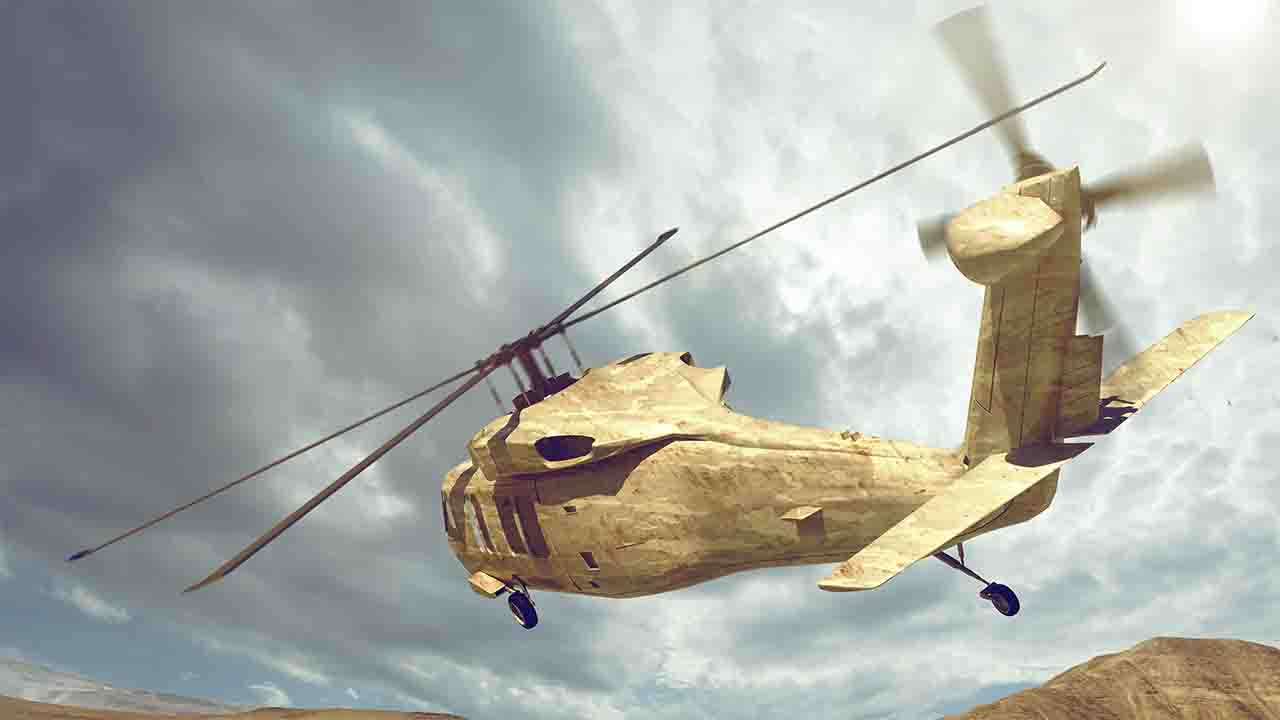The Canadian officials declares another one of its planes has been hassled by Chinese fighter planes in the South China Sea.
Ottawa said a Sikorsky CH-148 Cyclone multi-role helicopter functioning from an ongoing Royal Canadian Navy ship was constantly intercepted by numerous Chinese Shenyang J-11 fighters in a “dangerous” manner. This follows the intercept of a Canadian maritime patrol aircraft on 16 October by Chinese fighters.
The latest incident which occurred, conferring to the Canadian defense division, intricate a sole Canadian CH-148 and multiple J-11s. With consecutive passes, one jet ultimately conducted a pass over the CH-148 Cyclone helicopter with small distance, instigating the helicopter to experience turmoil and take suitable actions to remain safe, Ottawa says.
During a separate incursion later that day, the same Cyclone was again interrupted by another J-11 fighter, which Canadian defense representatives say launched flares “right in front of the helicopter”.
The defense department says, the helicopter pilot had to maneuver to evade the flares and decrease the danger of dragging a flare into the helicopter’s rotor and intakes.
Ottawa labels two of the three encounters between the Canadian and Chinese pilots as “dangerous”, putting the fault on Beijing’s forces. No injuries or equipment harm were reported as a result of the occurrences.
Canada notes its rotorcraft was functioning in international airspace well outside any claimed regional seas and related airspace when the intercepts occurred.
Beijing frequently declares sovereignty over waters and land features of the South China Sea external of its internationally standard territories and economic districts.
The border claimed by China, sometimes identified as the nine-dash line, includes the majority of the South China Sea, together with the areas claimed by the Vietnam and Philippines.
Chinese armed aircraft have been using increasingly violent strategies in recent years to declare Beijing’s territorial rights in the region. Military representatives in the USA state there has been a “sharp upsurge” in hazardous or violent intercepts of American and allied aircraft by Chinese counterparts in the past 2 years.
In fact, the Pentagon informs it has recorded more such occurrences during that period than in the entire preceding decade. The newest example took place when a Chinese J-11 advanced within 3m (10ft) of a US Air Force Boeing B-52 bomber over the South China Sea during a night-time intercept.
The Cyclone event is far from the first intercept linking Canadian aircraft. It was not even the first such incidence that month. On 16 October a Royal Canadian Air Force Lockheed Martin CP-140 Aurora patrol turboprop was interrupted by Chinese fighters over the East China Sea close to the disputed Senkaku Islands.
That flight, which Canada informs was monitoring shipping traffic for defilements of economic sanctions against North Korea, happened to contain numerous journalists and senior military officers. Onboard footage logged by the CBC during the event shows Chinese Shenyang J-16 and a Chengdu J-10S fighters hovering just a few meters from the Aurora’s wing-tip.
Major General Iain Huddleston, commander of 1 Canadian Air Division, was on the plane during the intercept, which he labeled as hostile and unprofessional. “We’re firmly in international airspace,” Huddleston informed the CBC. There’s clearly something that the Chinese sensed that we were doing incorrect, he said. But it’s unclear to us what that is. The Chinese foreign ministry had put the blame on Canada for that incident.








